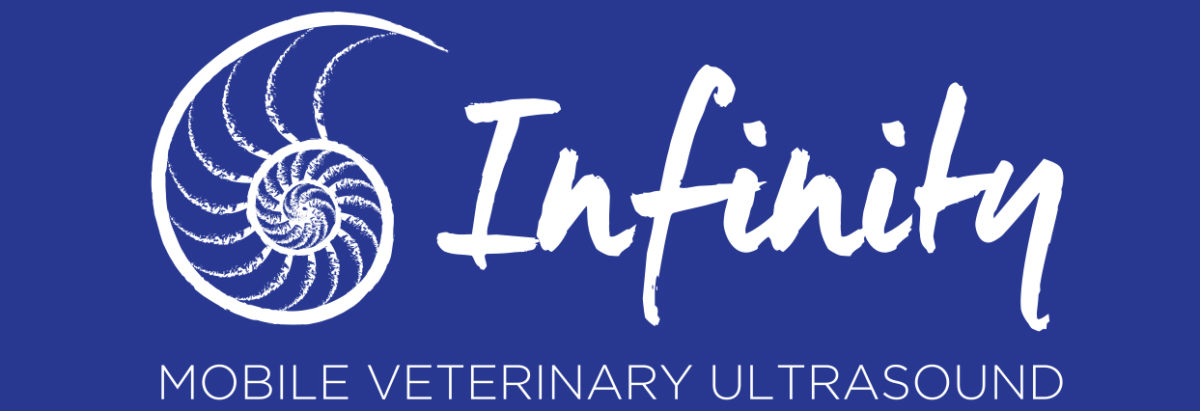Shaving: Ultrasound examinations require us to shave the patient from xyphoid to pubis in line with the paralumbar fossa on the right and left sides. We recommend discussing this with the owner prior to the appointment so that they are not surprised upon discharge. We have found the easiest way to explain the need for shaving is to let the owner know that ultrasound beams cannot look through air and the hair traps the air, between the probe and skin. We are happy to instruct your technicians on how to shave for a proper exam for the first two visits to your hospital.Please shave the patient prior to Infinity Mobile Veterinary Ultrasound sonographer’s arrival.
Abdominal ultrasounds require shaving from the xyphoid process to the caudal abdomen with very wide margins extending laterally over the last 3 to 4 ribs. This is a shave similar to what’s needed for exploratory laparotomy. The shave needs to be clean and to the skin.

FNA, biopsies and centesis: Please prepare the owner for the potential of sampling (FNA, biopsy, centesis) and the possible costs associated prior to the ultrasound examination. Ultrasound examination allows us to note abnormalities and generate a list of differential diagnoses. Cytology/histopathology are almost always required for definitive diagnosis. There are very few conditions that are pathognomonic sonographically. Obtaining preauthorization will save time and allows us to sample at the time of the ultrasound.
Fasting: Ideally all animals should have had food/treats withheld for 12 hours prior to the ultrasound. Exceptions should include, but are not limited, to diabetics and puppies/kittens. Dehydrated animals and animals with renal disease or Pu/Pd should not have water withheld. A small amount of water in the stomach can provide a good acoustic window; however, an excessive amount of water can hinder the examination. The presence of food in the stomach may hide gastric lesions including tumors and foreign bodies.
Urinary tract: The urinary bladder should be full as an empty bladder may mimic lesions inside the bladder. Wall thickness cannot be assessed with an empty or near empty bladder. In male dogs, a urinary catheter may be easily placed in an awake, non-sedated animal to fill the urinary bladder with sterile saline. In female dogs and all cats, urinary catheter placement may require sedation.
Biopsies: We require a recent CBC/chemistry panel and urinalysis along with a coagulation panel confirmed within 24-48 hours prior to a biopsy. If there are concerns for clotting and you would like a sample we recommend a 22-25 gauge FNA which can still yield promising results without the same risk factor. Bleeding complications may occur, even with a normal coagulation panel. This is particularly of concern in friable livers such as hepatic lipidosis, fibrosis, or cirrhosis associated with chronic hepatopathy. Other complications include but are not limited to, laceration of nearby organs, anesthetic complications, vagal reactions, death, seeding of needle tracks, and mast cell degranulation. Complications with renal biopsies include fistula formation, bleeding, and infection. Please plan to keep these animals in your hospital for at least 3-5 hours following the procedure.
Fine Needle Aspirates: We require a normal platelet count within 24-48 hours prior to the procedure. Complications with FNA include but are not limited to bleeding, mast cell degranulation, non diagnostic samples due to inflammation, vagal reactions, pneumothorax, laceration of masses and surrounding organs, seeding of needle tracks, sedation complications, and less likely death.
